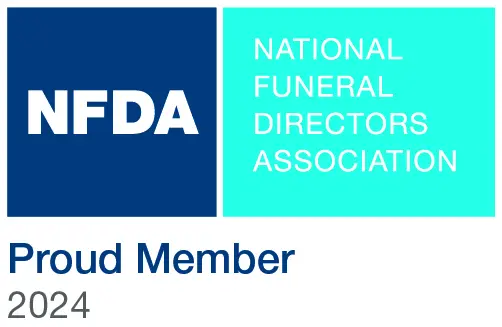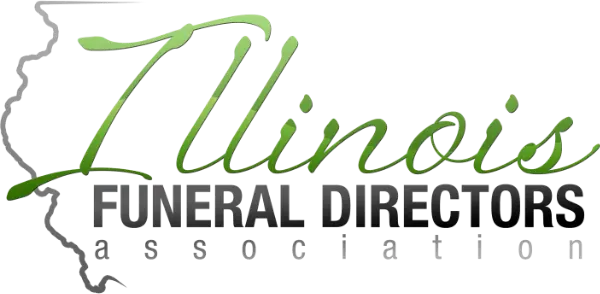What you say depends on your previous contact with the bereaved. If you've already offered condolences or attended the service, simply greet them warmly and ask about their wellbeing. If this is your first meeting since the death, especially in a public setting, it's best not to directly mention the death. Instead, say something like, "I understand these must be difficult days for you," and suggest a future meeting, such as a visit or lunch, to offer further support.



